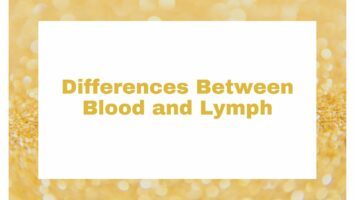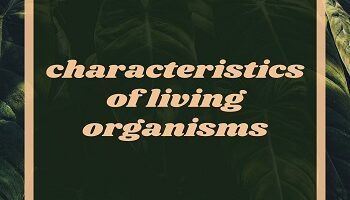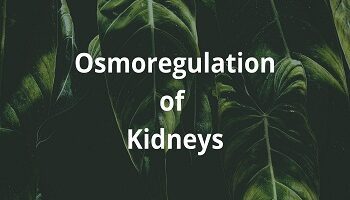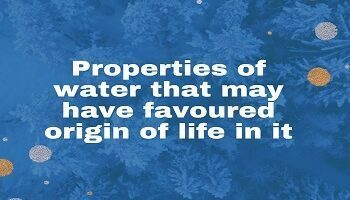Metabolism:
The release of energy from food occurs in two stages. In the first stage, when complex molecules are broken down or decomposed into simpler ones. In the second stage, when the simpler food components (example- glucose) are oxidized in cytoplasm and mitochondria using oxygen of the air into CO2 and H2O and releasing an ample amount of energy. The second stage involves respiration, where oxygen is breathed in and CO2 is exhaled by the body. The most interesting and remarkable aspect of the process of nutrition is that many of the chemical reactions involved in it are basically the same in all organisms, whether it is a mosquito, a frog, a snake, a bird or a man. The chemical reaction pathways seen at a cellular level in bacteria are often the same and conserved through all these years of evolution in man too.
The chemical reactions occurring in living organisms are called biochemical reactions and are of two basic types-
- One is the breakdown of complex molecules into simpler ones, catabolism. This reaction is destructive and gives out energy, mainly in the form of heat and is called exergonic reaction (Example- digestion, respiration, etc.).
- The other is the synthesis of complex molecules from simpler ones and is called anabolism. It is a constructive process and requires energy and so is called an endergonic reaction (Example- photosynthesis, protein synthesis, etc.)
Together the two, namely anabolism and catabolism, are collectively called metabolism. Living organisms tend to grow if the anabolic rate is higher than the catabolic rate.




![Water Cycle In Nature [Hydrological Cycle] 5 water cycle in environment](https://gkscientist.com/wp-content/uploads/2020/09/water-cycle-in-environment-350x200.jpg)




Comments (No)